Life is complicated, but our speech therapy materials don’t have to be! That’s why I’m so excited to talk about one of my favorite can’t-fail resources: wordless picture books. Let’s explore what makes them so extraordinary!
The Benefits of Using Wordless Picture Books in Speech Therapy
Perhaps the biggest advantage of wordless picture books is their flexibility. They’re equally at home in assessment and treatment contexts, and depending on the titles you choose, they can be appropriate for early intervention through high school.
Wordless picture books also feel welcoming for our students who struggle with reading. When they don’t have to deal with text, these students are able to genuinely enjoy books, think deeply about the images they see, and practice crucial oral language and narrative skills.
Additionally, wordless picture books shine when students are English language learners, or when several languages are represented in a single group of students. Pictures transcend language barriers!
On a related note, the International Board on Books for Young People (IBBY) calls wordless picture books silent books, and notes that they can be enjoyed by any child who speaks any language. IBBY offers a simple set of tips for how to enjoy silent books together in a community that doesn’t speak a common language. They also have a gorgeous booklet with additional information about how to get the most out of this powerful genre (and great ideas for books to try!).
The benefits are endless, so I’ll just cover one more here: wordless picture books are incredible for making inferences! Some students struggle with the abstract nature of inferences, especially when using traditional text-based books. It can be challenging for them to understand the need to go beyond what the words actually say. However, when there are no words at all, students have no choice but to make an inference!
A Few Drawbacks
Can you tell how much I love wordless picture books? They really are some of my favorite resources. However, there are a few considerations to keep in mind.
The obvious downside of wordless picture books is, of course . . . that they don’t have words! We know that print awareness, letter knowledge, and phonological awareness are critical early literacy skills, so we definitely want to include traditional books in our speech therapy sessions as well.
Another possible drawback is that there aren’t quite as many wordless picture book options available for older students, although this is starting to change.
One last caveat is that some wordless picture books have multiple panels of drawings on a single page, which can lead to visual overwhelm. Multiple illustrations on a page also means tiny drawings—not ideal for students with vision loss. To address these issues, try covering some of the panels with Post-its and then removing them as students are ready, and using digital books that allow you to zoom in on a specific section.
Favorite Uses for Wordless Picture Books
Wordless picture books can be adapted to address almost any speech therapy need. I’ll share a few of my favorite ideas, but please don’t be afraid to get creative—and share your suggestions in the comments!
Language Sampling
I actually first learned about the magic of wordless picture books in graduate school, when we were studying language assessment. We were learning about the SALT (Systematic Analysis of Language Transcription) software, which is a great resource for analyzing language samples.
SALT has a standardized elicitation process for gathering language samples, and that process involves—you guessed it—wordless picture books! Specifically, it calls for books from Mercer Mayer’s A Boy, a Dog, and a Frog series.
Realistically, most of us probably aren’t going through the full SALT process every time we assess a student, but wordless picture books are gold mines for language sampling, especially in more informal contexts where you need a quick snapshot of a child’s skills.
Almost any wordless picture book could work for eliciting a language sample, but the books in the A Boy, a Dog, and a Frog series are very thin and small, perfect for keeping with your assessment materials. (Their size also makes them great for SLPs who work at multiple sites and need to bring materials with them!)
Dialogic Reading
Even though they technically don’t have text, wordless picture books can be excellent for dialogic reading, an evidence-based strategy that emphasizes the interactive dialogue between an adult and a child who are enjoying a book together.
One of the core elements of dialogic reading is using the PEER strategy to encourage as much dialogue as possible:
- Prompt the child to say something (“Oooh! Where are the boy and the dog exploring?”)
- Evaluate (internally!) the child’s response (“Hmm . . . I think we could expand on that”)
- Expand the child’s response (“Yes! They went deep into the woods and found so many trees!”)
- Repeat the prompt (“Where are they exploring?”)
Because of our training, many SLPs find dialogic reading fairly intuitive. We’re used to looking at books with students and using various types of questions and prompts to elicit as much language as possible.
However, dialogic reading can be much trickier for parents! Many parents read the words on the page exactly as written, and approach shared book reading as a very adult-directed activity.
Using wordless picture books for dialogic “reading” is a supportive way for parents to learn how to do things differently—because there isn’t any text, parent and child can co-create the story together, using more dialogue than usual. This takes modeling and practice, but it can ultimately pay incredible dividends for a child’s language and literacy development (and the parent-child relationship!).
Narrative Intervention
In their excellent open-access article about principles of narrative intervention, Spencer and Petersen recommend that if a student is unable to tell or retell a complete story episode, we should start there. They point out that a child needs to have a basic understanding of story structure before we can use narrative to teach other language skills like syntax, grammar, and academic vocabulary.
A complete story episode has three parts: a problem, an action, and a result. Wordless picture books are amazing for learning these foundational concepts, because they are less intimidating and allow students to grasp the underlying idea.
Some wordless picture books are more abstract and don’t contain clear story episodes, so I definitely recommend previewing books before using them for this purpose. One excellent option is Rosie’s Glasses by Dave Whamond. In this book (available digitally through Epic!), Rosie wakes up feeling very grumpy, with a dark cloud over her head (the problem). She finds a pair of glasses and puts them on (the action), and the world becomes more colorful and she feels better (result)!
Spencer and Petersen do point out that while illustrations are an effective way to reduce demands on students who are first learning story structure, we need to strategically support generalization to more challenging contexts.
Emotions
Many of our students have a tough time with recognizing and regulating their emotions, or feel uncertain about how to respond to others’ emotions. These skills can be difficult to learn in real-time interactions or with decontextualized picture cards. Once again, wordless picture books are here to save the day! They offer a low-pressure way to notice subtle emotional cues, and they provide context that allows students to consider the “why” behind the emotions.
One of my favorite wordless picture books for working with emotions is Brave Molly by Brooke Boynton-Hughes. It’s full of facial expressions and body language—and as a bonus, the main character is a bit older, making this one especially wonderful for middle school students.
Favorite Wordless Picture Books for Speech Therapy
I hope you’re inspired to give wordless picture books a try! If you don’t know where to start, here are some that I turn to over and over again:
Traditional Format Books
- A Ball for Daisy by Chris Raschka
A Caldecott Medal winner, this story of a pup’s anguish after losing a treasured toy is very simple—and very relatable.
These books are unbelievably imaginative, and the illustrations leap off the page! They do require some higher-level comprehension and inferencing, so they work well for late elementary and early middle school students.
- Flashlight by Lizi Boyd
Before sharing this mesmerizing book with your students, make sure you’re prepared to bring a flashlight to your next session! Reading Rockets called this one a “visual poem,” and I think that’s a perfect description.
- Nope! by Drew Sheneman
This book is a silly and poignant exploration of the moment when a baby bird prepares to (maybe?) leave the nest for the first time.
- Penguin Sets Sail by Jessica Linn Evans
This darling book is small but mighty, just like its main character! Students will love following along with Penguin’s big adventure.
Epic Digital Books
- Captain Barbosa and the Pirate Hat Chase by Jorge González
Things aren’t always as they seem on the high seas! The pirate fans on your caseload will have plenty of opportunities to giggle and make inferences with this surprisingly tender option.
- Every Little Kindness by Marta Bartolj
This lovely book has it all! The gentle illustrations will appeal to a variety of age levels, it includes a clear story episode, it’s full of feelings, and it’s fantastic for cause and effect and for sequencing.
- Field Trip to the Moon by John Hare
What would you do if you went on a field trip to the moon . . . and got left behind? This entertaining book answers that question with warmth and style.
- The Lions at Night by Jessica M. Boehman
The New York Public Library is “guarded” by two large lion statues, and this stunning book provides a peek into their fanciful after-hours adventures. It’s great on its own, but it would be even better paired with a research project about the history of the statues.
- Window by Marion Arbona
This incredibly charming book was inspired by the illustrator’s childhood game of imagining who was behind the windows she walked past every day. It provides plentiful opportunities for predicting and describing.
Do you have a favorite wordless picture book in speech therapy to use with your students? Please send me an email and tell me about it!
Want to stay in the loop for new speech therapy ideas and inspirations? I have put together a free Digital SLP podcast to share insight and tips on implementing your speech therapy sessions. If you are looking for fun and interactive speech therapy materials that students and SLPs both will love, check out what the Digital SLP® membership site has to offer, or sign up for our free trial now. Alternatively, check out our TpT store.


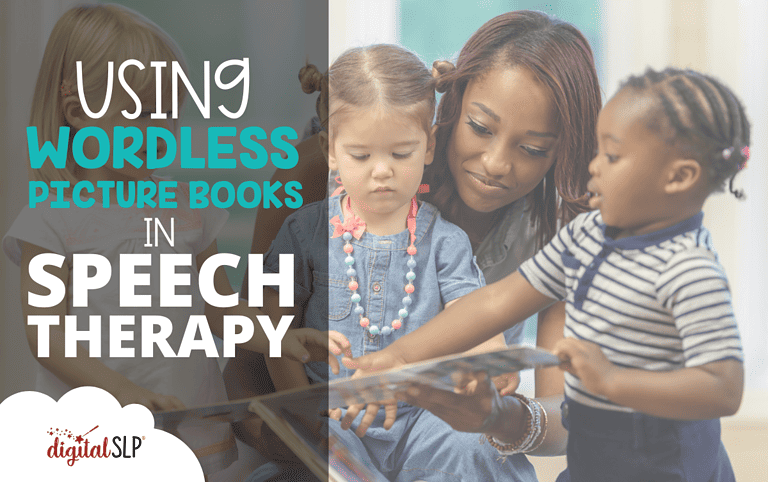



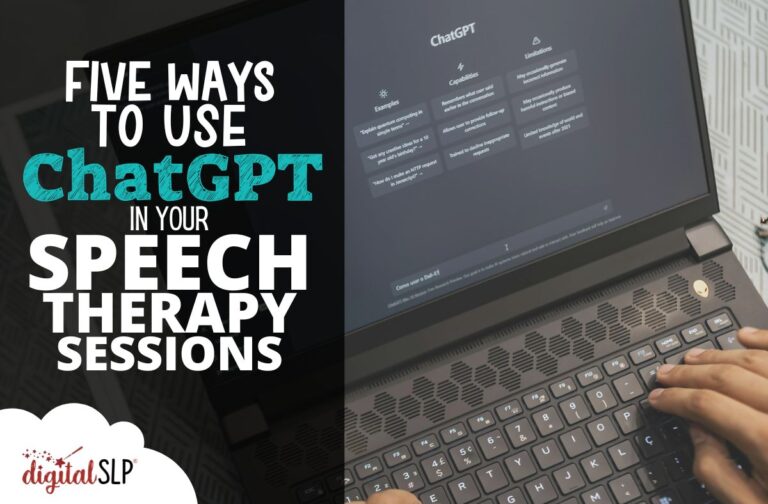
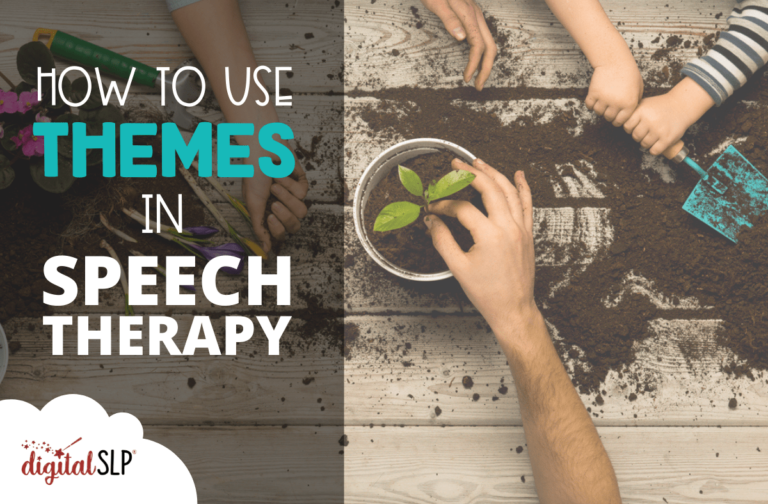

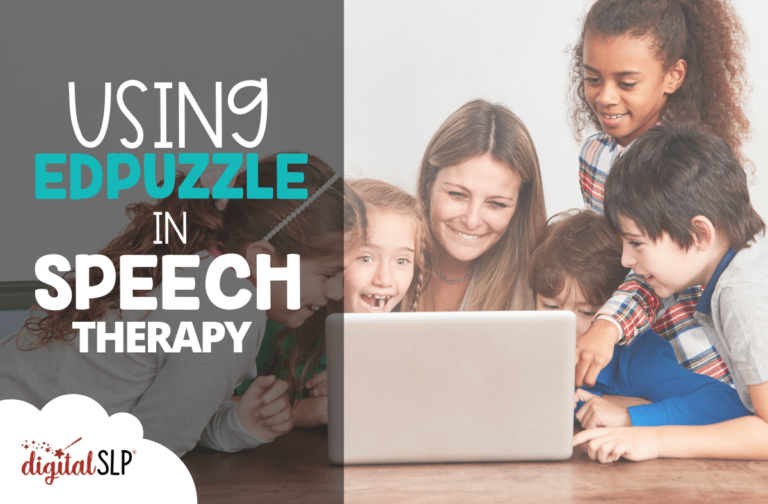
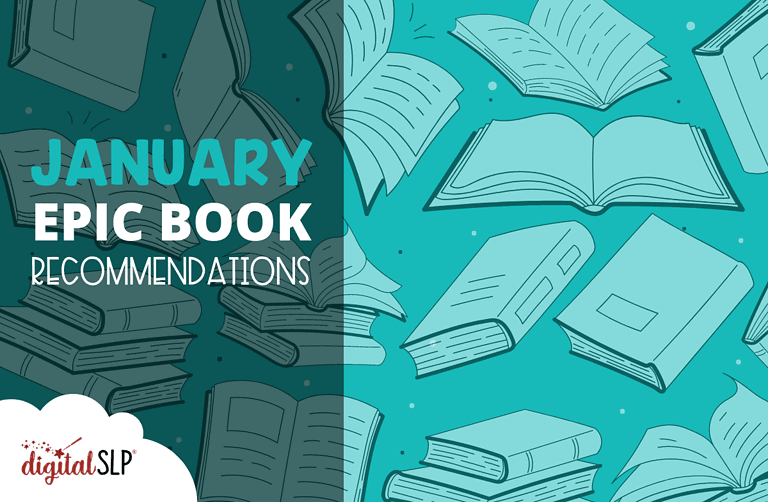
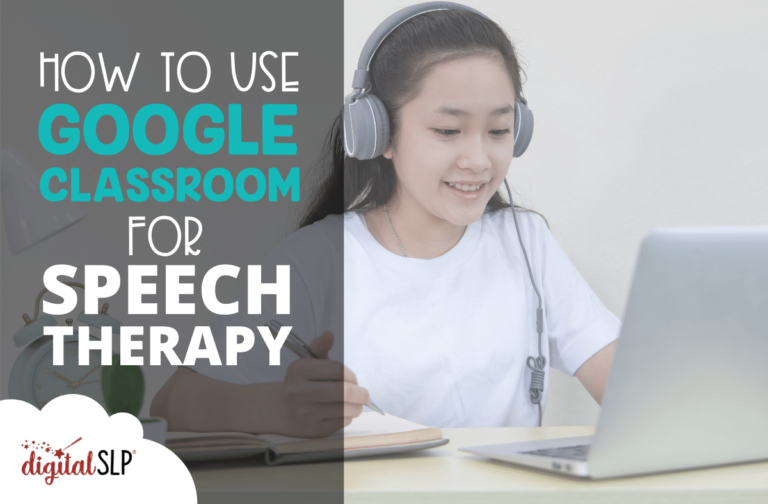

Recent Comments